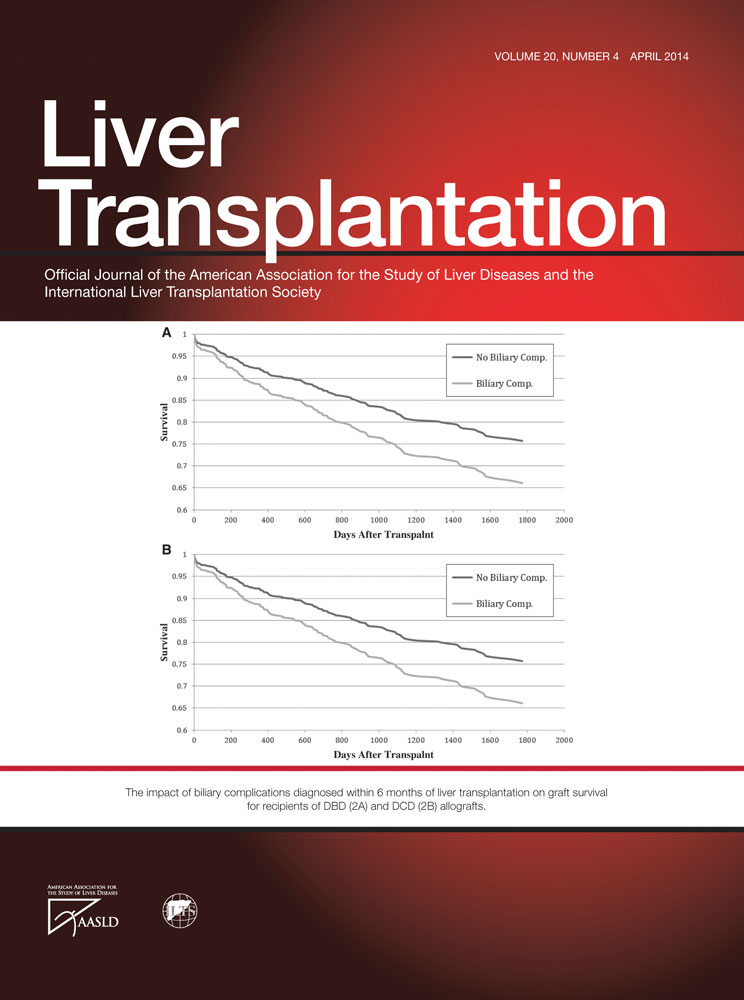Reply
We thank Young et al. for their comments. As we discussed in our report,1 the small number of posttransplant deaths makes an assessment of the predictive value of measures of aerobic capacity and any potential role for physical training interventions difficult. Additionally, this low mortality rate makes a detailed analysis of potentially clinically relevant interactions between graft quality, recipient aerobic capacity, and survival impossible.
We agree that measures of aerobic capacity or anthropometry, including handgrip strength, should not be used as sole determinants of selection for transplantation, and we are not advocating their use in this way. We also agree that handgrip strength is a simple and inexpensive measure well validated with respect to complications of therapy and survival in other patient groups, and we have previously reported on the close relationship between handgrip strength and the length of the hospital stay after transplantation.2
Recent data evaluating the relationship with recipient fitness before transplantation also suggest that other measures of muscle bulk, global health status, and overall frailty may have close relationships with a variety of posttransplant outcomes, including mortality, that are independent of conventional measures of liver disease severity.3-5 These broader measures warrant further evaluation as adjunctive criteria for transplant selection, and they could represent better means for targeting physical or nutritional interventions at those patients most likely to benefit. However, just as with the aerobic capacity parameters that we have presented, a stronger and more consistent signal is seen between these measures and survival in nontransplant patients with chronic liver disease, and it may well be that the greatest benefit from such targeted interventions will be seen in the nontransplant or wait-list setting.6, 7
-
William Bernal, M.D.
-
Julia Wendon, M.B., Ch.B.
-
Liver Intensive Therapy Unit
-
Institute of Liver Studies
-
King's College Hospital
-
London, United Kingdom




